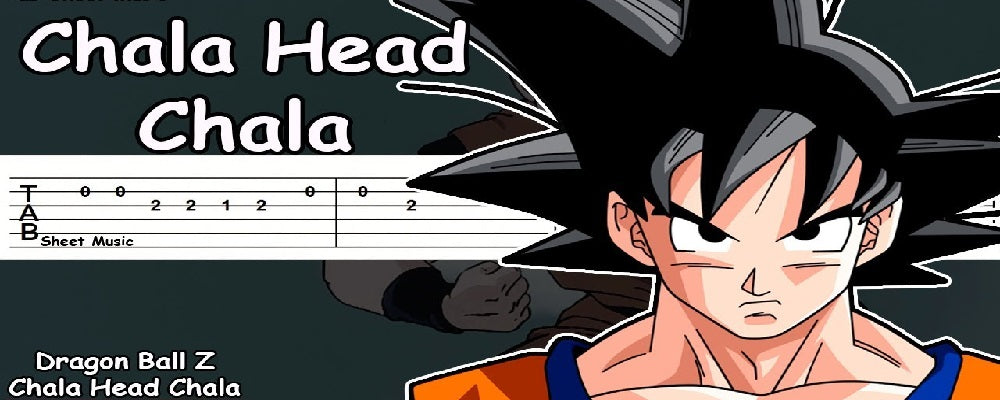

The Sedaka connection, however, would end up being something of a licensing nightmare, particularly for potential releases of Zeta outside of Japan since Sedaka was American, and the songs were adapted from his previous work, he still owned full rights and royalties for the songs in America, which made using them overseas, in America especially, prohibitively expensive since he and his music labels wanted the full rights to all related songs to be part of the package. Needless to say, the songs were again immediate smash hits, and the music and the show more or less helped to promote each other - fans of Gundam happily snapped up these new, highly fresh and memorable songs, while fans of Mami Ayukawa and Hiroko Moriguchi (who sang the second opening theme, "Mizu no Hoshi e Ai o Komete", another Sedaka song "For Us to Decide"), not to mention Sedaka fans in the know, would check out Gundam out of curiosity. He pulled a similar trick for Zeta Gundam's ending theme, with "Hoshizora no Believe" ("Believe in the Starry Sky") being adapted from "Bad And Beautiful". This was due to its origins - it was essentially an adaptation of "Zeta" songwriter Neil Sedaka's own "Better Days Are Coming".


The hotly-anticipated Gundam sequel opened with the jazzy "Zeta - Toki o Koete" ("Zeta - Transcending Times") from Mami Ayukawa, which had still been written for the show, but aside from one reference to "believe in a sign of Zeta", there was no obvious indication it had anything to do with Zeta Gundam itself and could easily exist as its own song. For anyone to accomplish this would be impressive for a song inspired by an animation to hang in the same chart as groups like The Checkers, twice over, was unheard of.Ĭontemporaneously, and perhaps inspired by this success, other shows began experimenting with different kinds of music for major themes, notably 1985's Zeta Gundam. And which proceeded to almost completely vaporize the Japanese music charts of 1984, with the film's OST sitting at #9 and the theme song single sitting at #7. and then the theatrical adaptation Macross: Do You Remember Love? gave us the titular theme song "Ai - Oboeteimasu ka", which while critical to the narrative, was absolutely capable of being a stand-alone single. While 1982's Super Dimension Fortress Macross had a commissioned theme song in the typical style, part of what made the show notable and attractive was the amount of original, not-obviously- Macross-branded music that the show produced, with a lot of it being quite catchy and memorable. It was Gundam and some of its contemporaries, however, that would start to transform things in the 1980s. ( Mazinger Z and the early Astro Boy themes are nigh-canonical examples of the phenomenon in action.) Even as far forward as the original Mobile Suit Gundam, the theme was still being produced in this style (which became a bit memetic among the fan base, as the theme song was completely out of sync with the character of the rest of the show, especially the emotionally twisty back half).
#Dragon ball z song lyric series
Much like the animation industry of the States, though, early Japanese animated series of the 60s and 70s tended to feature purpose-created theme songs, often in a rather big band style with either "smooth" (and arguably inoffensive) baritone singers or choirs of kids. (both major inspirations for the early generations of Japanese animators) had been producing musical cartoons since the 1930s. Japanese animation and cartoons have, by and large, always had music, of course the modern "anime" industry came into being in the post-war era when sound had been part of motion pictures for three decades or more and Disney & Warner Bros. This arrangement was not always the case, and the modern expression of it only came into full form in the lead up to and aftermath of the Turn of the Millennium.


 0 kommentar(er)
0 kommentar(er)
